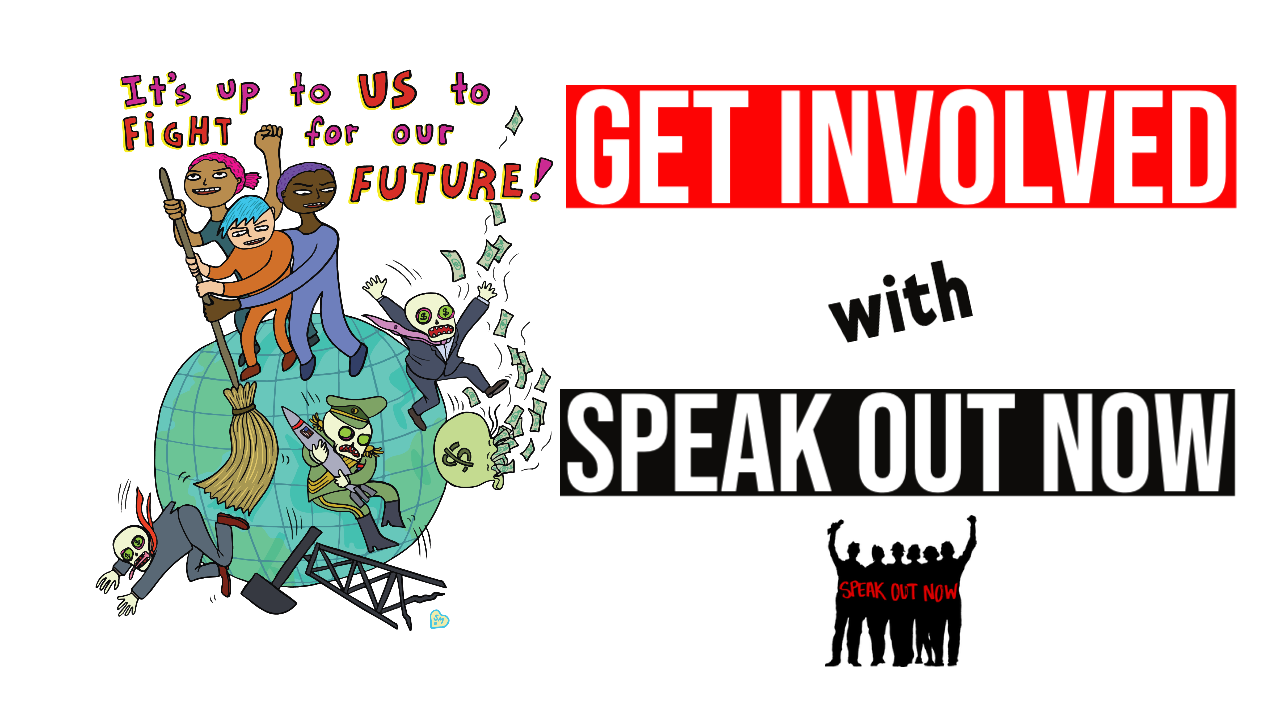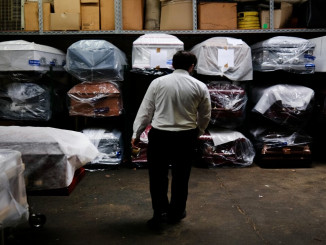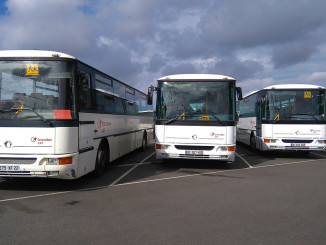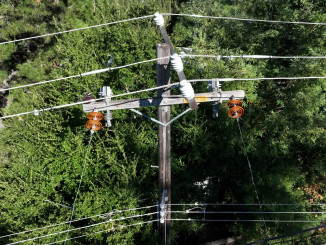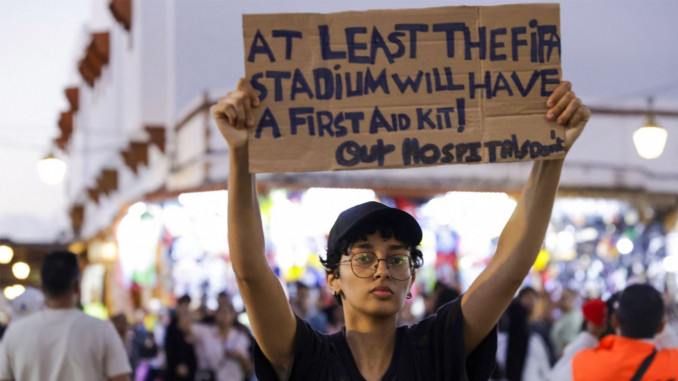
Over the past month, we have seen massive protests in places like Nepal, Peru, Madagascar, and Morocco. Mostly organized by young people, these uprisings have been dubbed “Gen Z” movements, referring to the generation of people now in their early adulthood, born between 1997 and the early 2010s. Despite having their own unique context, each movement has taken inspiration from one another – sharing symbols and expressing a general sense of anger with the massive inequality, lack of prospects, and corruption in their countries. Most of the protests started through platforms like TikTok and Discord, and in some cases are associated with anonymous groups. Some of the mobilizations have been strong enough to oust their government, and then still continued on.
Nepal:
The first protests in Nepal started on September 8th, four days after the government imposed a ban on social media. This was a major attack on the population, as it prevented them from having a platform to express themselves and deprived them from an important tool for work and information in their daily lives. The movement quickly gained strength, and within less than 48 hours, it forced the government to resign.
With that said, although the protests were quick and seemingly spontaneous, there were also deeper tensions that had been boiling for a long time in the consciousness of Nepalese people. In Nepal, wages for the majority of the population are so low that many are forced to leave their home to look for better opportunities abroad. In contrast, politicians and multinational corporations have made huge profits from exploiting the population and the country’s natural resources. The corruption and wealth inequality was too obvious not to be seen.
In the absence of a clear alternative or revolutionary leadership, a new government was formed in an effort to “restore peace,” with the army also deployed. Although the protests have grown much smaller, some people still feel their needs haven’t been met and their voices haven’t been heard, so they remain in the streets.
Peru:
On September 5th, the Peruvian government, headed by Dina Boluarte, passed a law requiring people to contribute to private pension funds. With unemployment hovering around 70% and many workers stuck in precarious jobs, the law was seen as a final blow in a long buildup of discontent fueled by corruption, inequality, and organized crime.
Protests erupted a few weeks later on September 20th, organized by online groups like Generation Z youth collective. Most have taken place in Lima and have faced heavy police violence. Despite the repression, people are still marching for their rights. Last weekend, for example, there were big protests in front of the capitol building in Lima, where young people as well as transport workers participated. They were again met with a violent response, but that has not stopped them. The upcoming chapters of their story are still to be told.
Madagascar:
On September 25th, protests were called in Madagascar too, demanding the president’s resignation and action against persistent cuts in water and electricity services — issues that have plagued daily life for much of the population. Similar to other Gen Z protests, the protests were called online and voiced the growing frustration of a generation facing poor wages, limited prospects, and ongoing exploitation of the country’s rich natural resources by political elites and foreign corporations.
Protests were also met with intense repression, costing the lives of 22 people. While the president has partially dissolved the government, he refuses appeals to step down, saying he wants to open space for dialogue. Protestors, not satisfied with these promises, continue to protest with growing strength.
Morocco:
Since September 27th, a series of protests have filled the streets of Morocco daily. The demonstrations were called online by GenZ 212 collective. Protesters are demanding investment in healthcare and education. They question the irony of the government spending so much in preparation for the World Cup while not addressing the population’s main needs. Chants include: “Stadiums are here, but where are the hospitals?”
This movement has been a chance for many young people to see their hopes and dreams reflected in others around them, and to collectively hope for a better future. But the government, feeling its authority challenged, lashed out onto the population, killing at least three people. Nonetheless, their hopes and their movement continue.
Now What?
These protests are not alone; they are happening in the background of other fights around the world, such as in Europe, with France fighting back against new economic measures proposed by the government, and in Italy with workers and youth striking for Palestine. Although these Gen Z-led movements often lack clear revolutionary organizations or leadership, they reflect the enormous potential people have when they unite around shared struggles.
They also reveal how global capitalism produces similar patterns of inequality and exploitation, allowing people in distant corners of the world to recognize themselves in each other’s fights. These protests shows that sparks of change can spread like wildfire, so the real question is: where it will ignite next?

